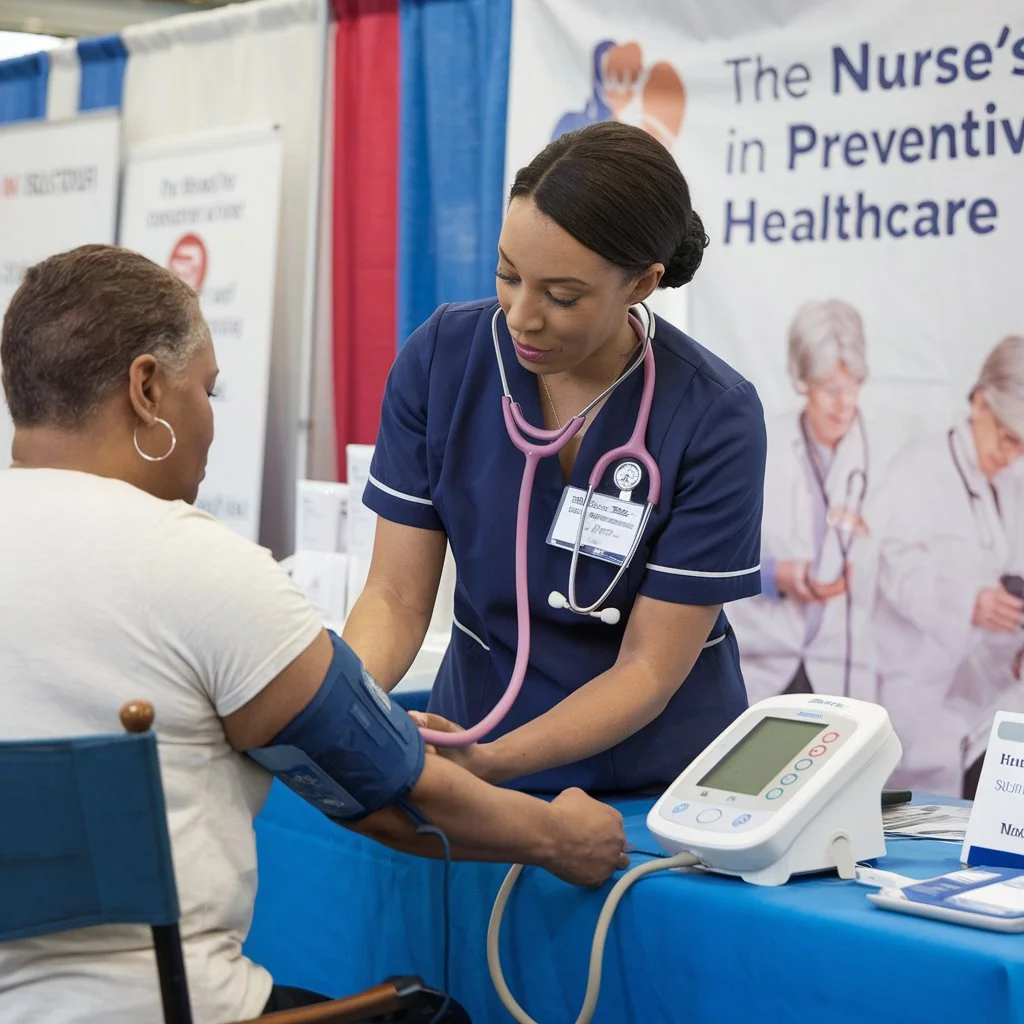Pain management is a fundamental aspect of nursing care. As healthcare providers, nurses play a critical role in assessing, managing, and alleviating pain to improve patient outcomes. Effective pain management requires a blend of clinical knowledge, compassionate care, and the ability to implement evidence-based strategies. In this comprehensive guide, we will explore how nurses can provide effective pain management, focusing on key strategies and interventions.
Thank you for reading this post, don't forget to subscribe!
Understanding Pain and Its Types
Pain is a subjective experience that varies from patient to patient. It is categorized into different types based on its origin and duration:
- Acute Pain: Short-term pain often resulting from injury, surgery, or illness.
- Chronic Pain: Persistent pain lasting longer than six months, often associated with conditions like arthritis or fibromyalgia.
- Neuropathic Pain: Pain caused by nerve damage or dysfunction, such as diabetic neuropathy.
- Nociceptive Pain: Pain resulting from tissue damage, such as cuts or fractures.
Understanding these types helps nurses tailor pain management strategies to individual patient needs.
Pain Management Strategies in Nursing
Effective pain management for nurses involves a multi-faceted approach. Below are key strategies nurses can employ:
1. Pain Assessment
Pain assessment is the cornerstone of pain management. Nurses should use validated tools such as the Numerical Rating Scale (NRS) or Wong-Baker FACES Pain Scale to evaluate pain levels. Factors to assess include:
- Location and intensity of pain.
- Duration and frequency.
- Triggers and alleviating factors.
- Impact on daily activities and emotional well-being.
2. Developing an Individualized Care Plan
Once pain assessment is complete, nurses should collaborate with the healthcare team to create an individualized care plan. This plan should address the patient’s unique needs and preferences.
Nurse Pain Management Techniques
Nurse pain management techniques can be broadly categorized into pharmacological and non-pharmacological interventions.
Pharmacological Interventions
- Analgesics: Administer medications such as acetaminophen or NSAIDs for mild to moderate pain.
- Opioids: Used for severe pain, but with careful monitoring to prevent dependency.
- Adjuvant Medications: Antidepressants or anticonvulsants may be prescribed for neuropathic pain.
Non-Pharmacological Interventions
- Heat and Cold Therapy: Applying heat or ice packs to reduce inflammation and pain.
- Massage and Relaxation Techniques: Helps in relieving muscle tension.
- Cognitive-Behavioral Therapy (CBT): Encourages positive coping strategies for chronic pain.
- Physical Therapy: Exercises to strengthen muscles and reduce pain.
- Distraction Techniques: Using music, reading, or engaging in conversations to divert attention from pain.
Nurse’s Role in Pain Management
The nurse’s role in pain management extends beyond administering medications. It includes:
- Patient Advocacy: Advocating for appropriate pain relief measures and ensuring patients’ concerns are addressed.
- Education: Teaching patients about their pain, treatment options, and self-management techniques.
- Monitoring and Evaluation: Regularly assessing the effectiveness of interventions and making necessary adjustments.
Best Practices for Pain Management in Nursing
1. Communication
Clear communication with patients is vital. Nurses should listen actively and validate patients’ pain experiences.

2. Cultural Sensitivity
Cultural beliefs can influence how patients perceive and express pain. Nurses should approach pain management with cultural competence.
3. Documentation
Accurate documentation of pain assessments and interventions ensures continuity of care and legal compliance.
4. Interdisciplinary Collaboration
Working closely with doctors, physical therapists, and social workers enhances pain management outcomes.
Nursing Interventions for Pain Relief
Nursing interventions focus on both immediate and long-term relief. Common interventions include:
- Administering prescribed pain relief medications on time.
- Providing emotional support to reduce anxiety associated with pain.
- Using repositioning techniques to alleviate discomfort.
- Encouraging deep breathing exercises to promote relaxation.
Pain Management Education for Nurses
Continuous education is essential for nurses to stay updated on the latest pain management techniques and guidelines. Training programs often cover:
- Advancements in Pharmacology: Understanding new medications and their uses.
- Non-Pharmacological Methods: Learning alternative therapies for pain relief.
- Ethical Considerations: Addressing challenges like opioid dependency and patient rights.
Patient Pain Assessment for Nurses
Pain assessment is not a one-time task but an ongoing process. Nurses should:
- Evaluate pain levels at regular intervals.
- Use both verbal and non-verbal cues to assess pain in non-communicative patients.
- Document findings meticulously for effective follow-up care.
Challenges in Pain Management
Nurses often face challenges such as:
- Underreporting of Pain: Patients may avoid reporting pain due to fear of addiction or cultural stigma.
- Medication Side Effects: Managing side effects like drowsiness or nausea from pain medications.
- Time Constraints: Balancing multiple responsibilities can hinder thorough pain assessment.
Overcoming Challenges
To overcome these challenges, nurses can:
- Foster an open and trusting relationship with patients.
- Advocate for additional resources and support within the healthcare setting.
- Engage in professional development opportunities to enhance their skills.
FAQs
1. What are the primary types of pain nurses encounter?
Nurses typically encounter acute pain, chronic pain, neuropathic pain, and nociceptive pain. Each type requires a tailored approach to management.
2. Why is pain assessment crucial in nursing?
Pain assessment helps identify the severity and nature of pain, enabling nurses to implement effective and personalized interventions.
3. What non-pharmacological methods can nurses use for pain relief?
Non-pharmacological methods include heat and cold therapy, massage, relaxation techniques, cognitive-behavioral therapy, and physical exercises.
4. How can nurses address cultural differences in pain perception?
Nurses should practice cultural sensitivity by understanding and respecting individual beliefs and preferences related to pain expression and treatment.
5. What challenges do nurses face in pain management?
Challenges include underreporting of pain, managing medication side effects, and balancing multiple responsibilities within time constraints.
6. How can nurses ensure effective communication with patients about pain?
Active listening, empathy, and clear explanations about pain management options foster effective communication.
7. What is the nurse’s role in advocating for pain management?
Nurses advocate by ensuring patients receive appropriate pain relief measures and by communicating their needs to the healthcare team.
8. What educational resources are available for nurses on pain management?
Nurses can access training programs, workshops, and online courses focusing on pharmacological and non-pharmacological pain management techniques.
9. How do nurses evaluate the effectiveness of pain interventions?
By regularly assessing pain levels, observing patient feedback, and documenting outcomes, nurses can evaluate and adjust interventions as needed.
10. Why is interdisciplinary collaboration important in pain management?
Collaborating with healthcare professionals ensures a comprehensive approach to pain relief, addressing both physical and emotional aspects



Comments are closed.